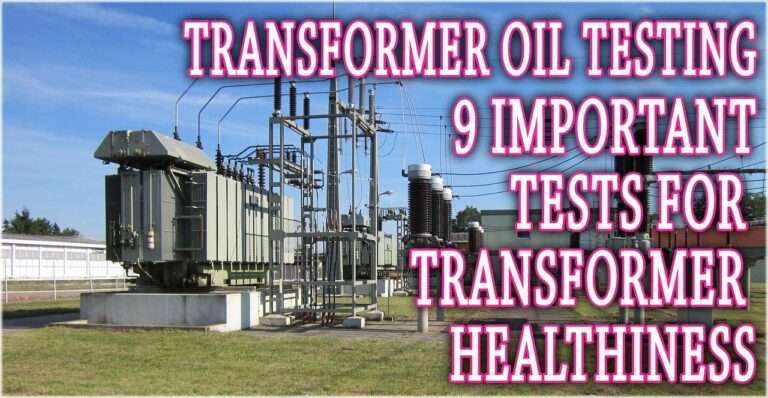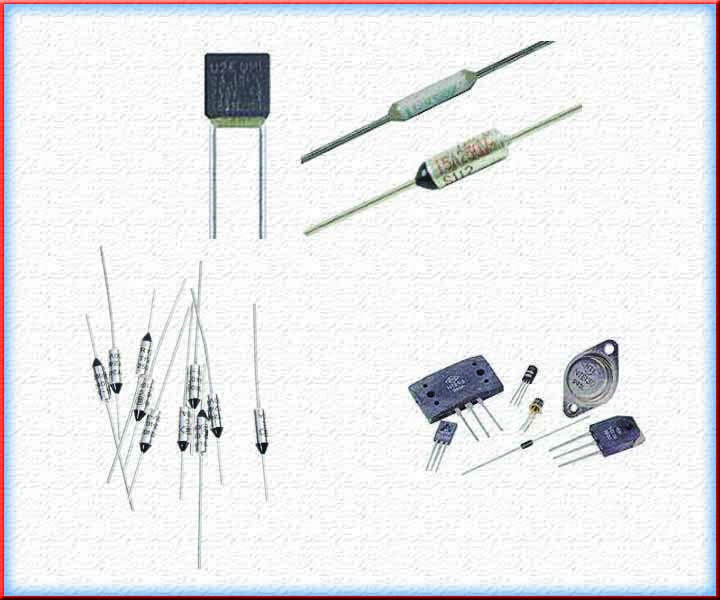Understanding Solar Performance Ratio: Optimizing Solar Energy Systems
In the rapidly evolving world of renewable energy, solar power stands out as a beacon of hope for a sustainable future. As more individuals and organizations embrace solar technology, the need for effective performance metrics becomes increasingly crucial. Among these metrics, the solar performance ratio emerges as a vital indicator of a solar energy system’s efficiency and effectiveness. This article delves deep into the concept of solar performance ratio, its significance, calculation methods, and practical applications in the solar industry.

Table of Contents
What is Solar Performance Ratio?
The solar performance ratio, often abbreviated as PR, is a critical metric used to evaluate the overall efficiency and quality of a photovoltaic (PV) system. It serves as a dimensionless indicator that represents the relationship between the actual and theoretical energy outputs of a solar installation. In essence, the solar performance ratio measures how close a PV system comes to its ideal performance, taking into account various factors that can impact its efficiency.
Defining Solar Performance Ratio
At its core, the solar performance ratio is calculated by dividing the actual energy output of a solar system by its theoretical output. This theoretical output is based on the system’s rated capacity and the amount of solar irradiation it receives. The resulting ratio, typically expressed as a percentage, provides valuable insights into the system’s performance relative to its potential.
The solar performance ratio takes into account all system losses, including those from inverters, wiring, shade, snow, dust, and thermal inefficiencies. By considering these factors, it offers a comprehensive view of a PV system’s real-world performance, making it an indispensable tool for solar energy professionals, system owners, and investors alike.
The Importance of Solar Performance Ratio in PV System Evaluation
Understanding and monitoring the solar performance ratio is crucial for several reasons. First and foremost, it allows system owners and operators to gauge the overall health and efficiency of their solar installations. A high performance ratio indicates that a system is operating close to its theoretical maximum, while a lower ratio may signal potential issues or areas for improvement.
Benchmarking and Comparison
One of the key advantages of the solar performance ratio is its ability to facilitate comparisons between different PV systems, regardless of their size, location, or specific technology. This standardized metric enables stakeholders to benchmark their systems against industry standards and peer installations, providing valuable context for performance evaluation.
For instance, a solar farm in a sunny desert location might produce more total energy than a similar-sized installation in a cloudy coastal area. However, the performance ratio allows us to compare these systems on a level playing field, taking into account their respective environmental conditions and rated capacities.

Calculating Solar Performance Ratio
The calculation of solar performance ratio involves several steps and considerations. While the basic formula is straightforward, accurately determining the inputs requires careful measurement and analysis. Let’s explore the technical aspects of this calculation in detail.
The Solar Performance Ratio Formula
The basic formula for solar performance ratio is:
PR = (Actual Energy Output) / (Theoretical Energy Output)
Where:
– Actual Energy Output is the measured AC energy produced by the system over a specific period.
– Theoretical Energy Output is calculated based on the system’s DC rated power, solar irradiation, and standard test conditions (STC).
Calculating Solar Performance Ratio: Example
Let’s consider a practical example to illustrate the calculation process. Imagine we have a 100 kWp solar PV system installed in a location that receives 1,800 kWh/m²/year of solar irradiation. Over the course of a year, the system produces 160,000 kWh of AC energy.
To calculate the performance ratio:
1. Determine the theoretical output:
Theoretical Output = System Capacity × Solar Irradiation
Theoretical Output = 100 kWp × 1,800 kWh/m²/year = 180,000 kWh/year
2. Calculate the performance ratio:
PR = Actual Output / Theoretical Output
PR = 160,000 kWh / 180,000 kWh = 0.889 or 88.9%
In this example, the solar performance ratio of 88.9% indicates that the system is performing relatively well, considering various real-world factors that can impact efficiency.
Factors Affecting Solar Performance Ratio
The solar performance ratio is influenced by a wide range of factors, both environmental and technical. Understanding these factors is crucial for interpreting PR values and identifying opportunities for system optimization.
Environmental Factors
Climate conditions play a significant role in determining a PV system’s performance ratio. Factors such as temperature, humidity, and dust accumulation can all impact system efficiency. For example, high temperatures can lead to decreased solar cell efficiency, potentially lowering the PR. Similarly, dust or snow accumulation on panels can reduce energy production, affecting the overall performance ratio.
Technical Factors
Various technical aspects of a PV system can influence its performance ratio. These include:
1. Inverter efficiency: Modern inverters typically have high efficiency ratings, but even small losses can impact the overall PR.
2. Wiring losses: Resistance in cables and connections can lead to energy losses, especially in larger systems with long cable runs.
3. Module degradation: Over time, solar panels may experience a gradual decrease in efficiency, which can affect the PR.
4. Shading: Partial or full shading of solar panels can significantly reduce energy production and, consequently, the performance ratio.
5. System design: Factors such as panel orientation, tilt angle, and string configuration can all influence the PR.
Optimizing Solar Performance Ratio: Strategies and Best Practices
Improving and maintaining a high solar performance ratio is essential for maximizing the value of a PV installation. Here are some strategies that solar professionals employ to optimize PR:
Regular Maintenance and Cleaning
Keeping solar panels clean and free from dust, debris, and snow is crucial for maintaining optimal performance. Regular cleaning and inspection can help prevent PR degradation due to soiling and identify any potential issues early.
Advanced Monitoring Systems
Implementing sophisticated monitoring solutions allows for real-time tracking of system performance. These systems can provide detailed insights into PR variations, helping operators quickly identify and address any anomalies or underperforming components.
Temperature Management
In locations with high ambient temperatures, employing strategies to keep solar panels cool can help maintain higher efficiency. This might include using reflective materials, improving airflow around panels, or even implementing active cooling systems in extreme cases.
Optimized System Design
Careful consideration of factors such as panel orientation, tilt angle, and inverter sizing during the design phase can lead to improved PR over the system’s lifetime. Advanced modeling tools can help predict PR under various conditions, allowing for design optimization.
The Future of Solar Performance Ratio in the Evolving Energy Landscape
As the solar industry continues to advance, the role of performance ratio in system evaluation and optimization is likely to evolve. Emerging technologies such as bifacial solar panels, which can capture light from both sides, may require new approaches to PR calculation and interpretation.
Additionally, the integration of energy storage systems and smart grid technologies may lead to new metrics that complement or extend the traditional performance ratio concept. These might include factors such as grid interaction efficiency or overall system flexibility.
In conclusion, the solar performance ratio remains a cornerstone metric in the evaluation and optimization of photovoltaic systems. By providing a standardized measure of real-world performance relative to theoretical potential, PR enables stakeholders to make informed decisions about system design, maintenance, and investment. As the solar industry continues to grow and evolve, understanding and leveraging the solar performance ratio will be crucial for maximizing the potential of this clean, renewable energy source.
Worth Read Posts
- Power Transformer Testing
- Power Transformer Parts
- Hysteresis Loss and Eddy Current Loss
- Derivation of Hysteresis Losses
- Transformers: Important Types, Features & Components
- Transformer Tests Before Commissioning
- Transformer Electrical Interview
Follow us on LinkedIn, “Electrical Insights,” to get the latest updates on electrical engineering.




